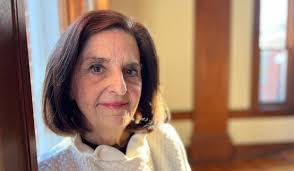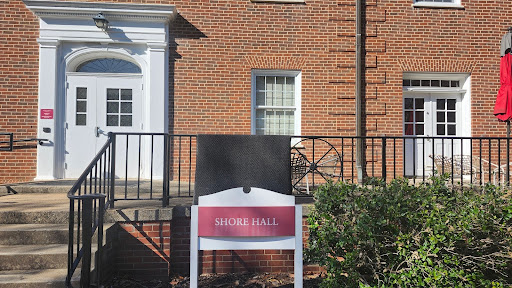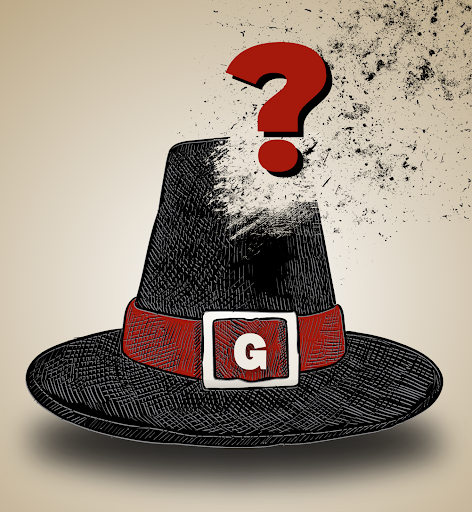Diversity. Stewardship. Community.
These three core values are all being honored with the formation of the new advisory board: Black Alumni of Guilford College.
BAGC formed in September with five main goals aimed at helping African American students, alumni, faculty and staff on and off campus.
The College is excited for this new board and the contributions it will bring to the community.
“Whether it’s mentoring students, providing advice or helping fundraise for scholarships, it’s all good,” said President Kent Chabotar in an email interview.
Led by its president David Hopkins ‘91, BAGC consists of 29 members and works closely with the Guilford College Alumni Association Board.
The new advisory board’s goals include providing a professional and social network for black students, alumni, faculty and staff, helping with student recruitment and retention, supporting fundraising that advances the development of black students and helping preserve the College’s black history — all while assuring an anti-racist, multicultural and socially relevant campus environment.
“It was around 2002 when black alumni decided to form a group to stay in touch called ‘My Family,’” said Jada Drew, director for educational initiatives & partnerships. “It wasn’t received or institutionalized, and they didn’t have the time or money to continue it.”
While there are black alumni on GCAAB, the College felt that there needed to be more black representation in alumni boards to better represent the community.
“It became apparent that black alumni had different experiences here and they have different emphases,” said Karri Manson, senior director of the alumni relations and programs. “They have different access to students. It’s a particular cultural passion they have for doing this work, and they want to be a little more focused on how they are doing that.”
“I think it’s important to juxtapose their experiences with ours because they’re very similar,” said sophomore Leah Brown. “As a larger group, now we can create change because they’re not always awesome experiences.”
The BAGC goals reflect those of the GCAAB while offering a unique cultural perspective.
“They can take what we need to be doing and dial it in a little more for this group,” said Manson.
BAGC has opened the door for other advisory boards to form.
“It is entirely possible that this is the first for other groups as well,” said Katherine Cummings, president of the alumni association advisory board. “There could be a board for LGBTQ or something as broad as science majors.”
BACG may not lead directly to new boards launching, but it has certainly sparked conversation about possible groups forming in the future.
“There may not be more advisory boards, but more affinity association groups,” said Miriam Biber, the assistant director of alumni relations.
Two essential ingredients make up BAGC: hard work and time.
“They’re spending weekends here, conference calls, making plans, informing committees and that is a huge gift to the college, that stewardship,” said Manson. “It’s totally voluntary.”
Drew encourages students to engage with alumni.
“Take advantage of the alumni,” Drew said. “They are really ready to work, to connect students, to give them advice. They want to build relationships with students.”











